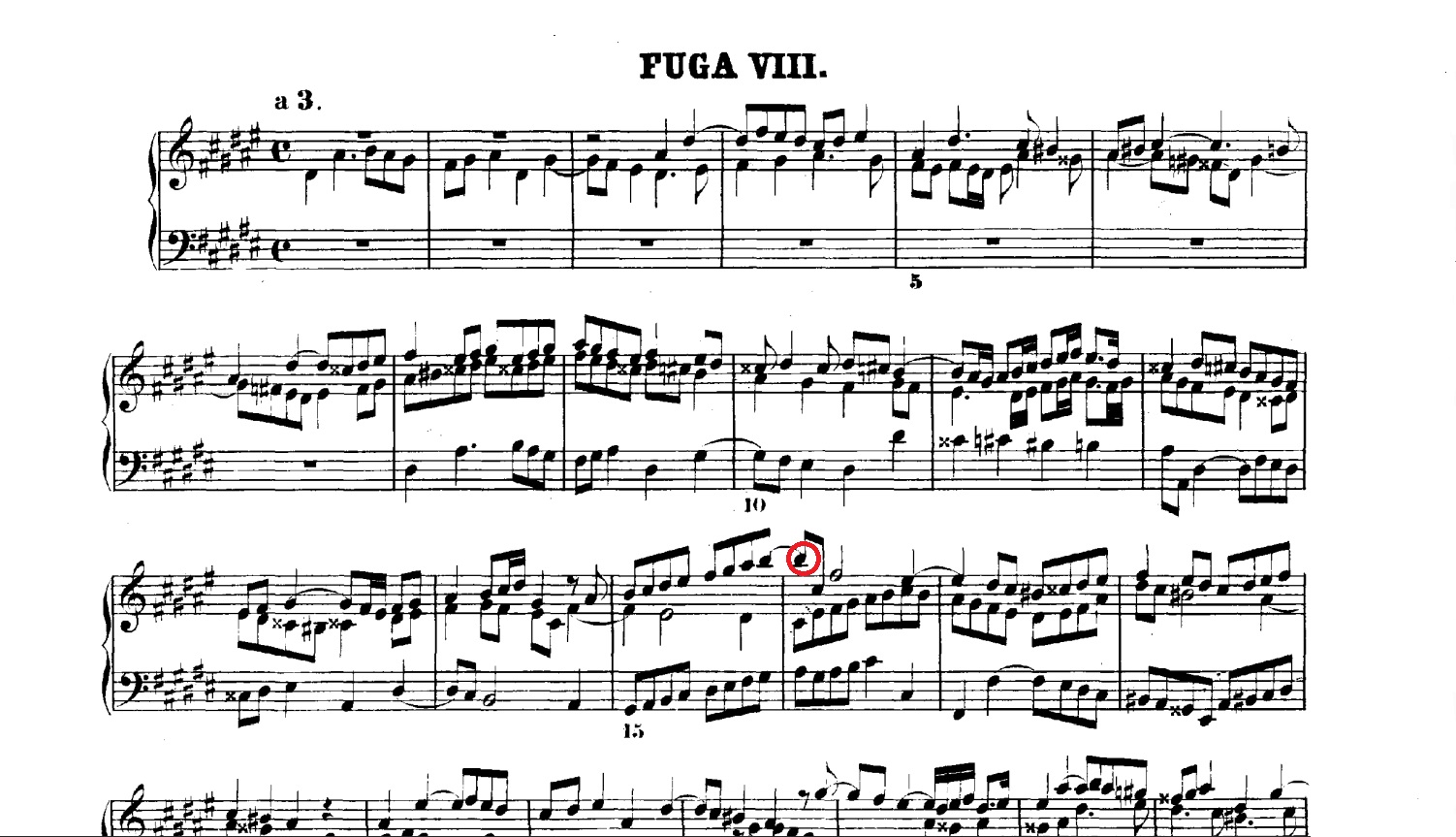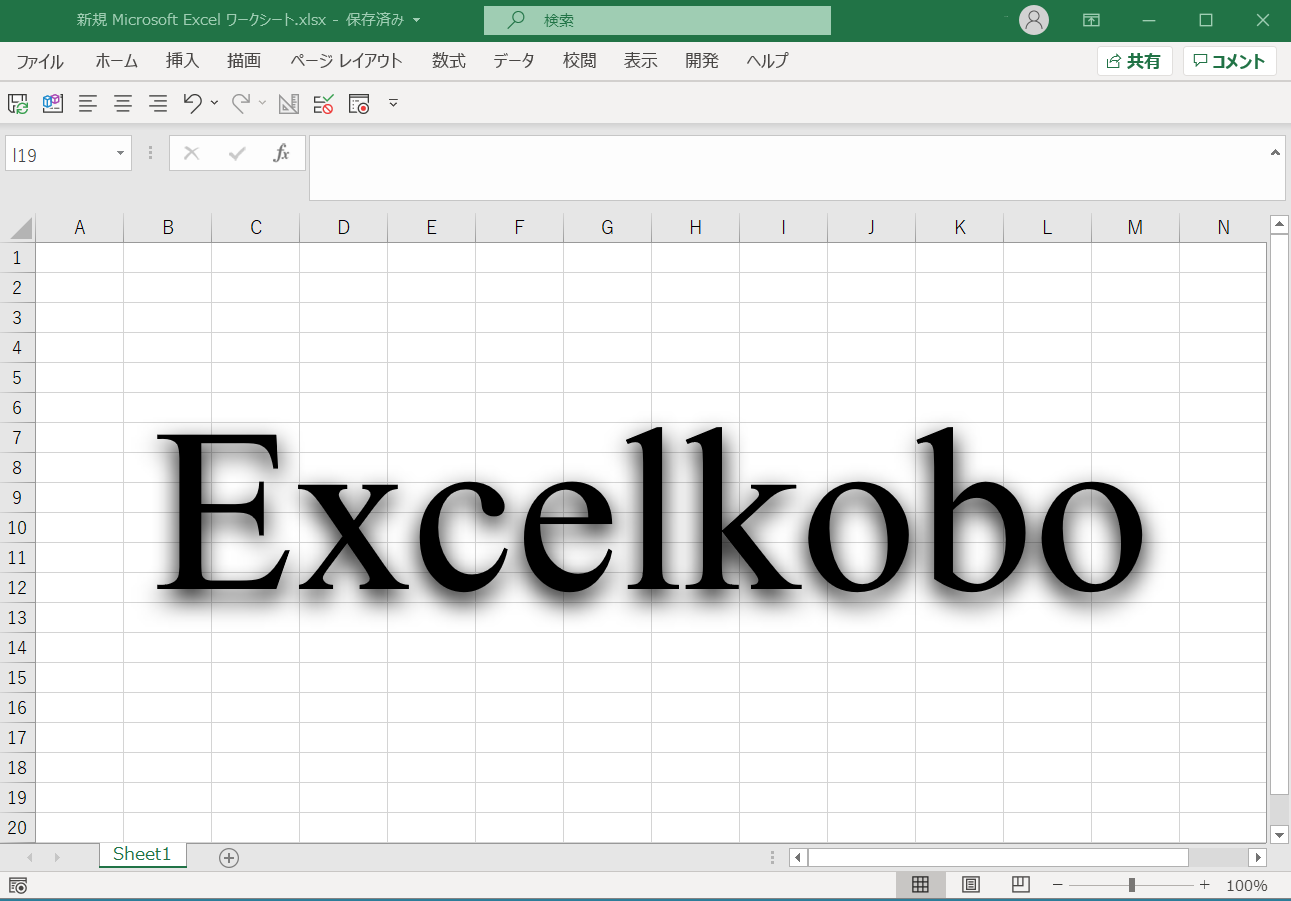About Fugue of “The Well-Tempered Clavier, Book 1” No.8
The other day, I received a very unique post in the Facebook group “Bach and his Time” that I started.
https://www.facebook.com/groups/1087954046763597
It asked, “Why is the fugue in the 8th piece of Bach’s “The Well-Tempered Clavier, Book 1″ written in D-sharp minor even though the prelude is in E-flat minor?” Then I suddenly remembered that I had read about this in a book I read more than 50 years ago, so I pulled out the book and read it. I wrote the following reply to the poster:
There seem to be various theories, but the most likely one is that this 8th fugue was originally written in D minor. I have a book called “Bach’s Well-Tempered Clavier I” by Giichiro Ichida, which explains this. It seems that even for Bach, it would have been difficult to write this complex fugues (full use of expanded fugue, Inversion, and stretta) in the “difficult key” of “D-sharp minor.” So when the fugue, originally written in D minor, was used in the Well-Tempered Clavier, it was raised by a semitone. The justification for this is the range of the harpsichords of that time. Many harpsichords in Bach’s time had a highest note of C3. The first beat of the 16th bar of the fugue is “B”, which is connected to the previous bar with a tie, right? In other words, the reason is that this note was the “highest note” witch was usable in the scale of the harpsichord that Bach used. In fact, originally this note was “C#”. Incidentally, the same thing was written in the book “Le Voyage à Leipzig (Journey to Leipzig)” that I recently bought. Indeed, when comparing CDs, for example, Masaaki Suzuki and others play it in “B”, but there are other players who play this note in “C#”.
By the way, are there really any performances where this part is played in “C#”? I wondered and listened again to all the recordings I own. I found that there was “no one” who played it in “C#”. If anyone knows of a performance where the first note of the 16th measure of the 8th Fugue in Bach’s “The Well-Tempered Clavier, Book I” is played in “C#”, please let me know. The recordings I listened to are:
① Edith Picht-Axenfeld
② Masaaki Suzuki
③ Gustav Leonhardt
④ Helmut Walcha
⑤ Keith Jarrett
⑥ Kenneth Gilbert
⑦ Luc Beauséjour
⑧ Mayako Sone
⑨ Pieter-Jan Belder
⑩ Scott Ross
⑪ Edward Parmentier
⑫ Helmut Walcha
⑬ Zuzana Růžičková
⑭ Glenn Gould
I will now briefly explain the key of D minor. Why did Bach write “The Art of Fugue” in D minor? It is because the arrangement of the keys in this tonality of the keyboard instruments is “symmetrical”. Therefore, it is suitable for composing complex fugues. I think that everyone can “visually” realize this, especially in “mirror fugues”.
Finally, there was a comment that there was no answer in my post to the question, “Why is the Fugue written in D sharp minor even though the Prelude is in E flat minor?”. If I say to it, I think what he was trying to say is that “if you go six steps to the right on the circle of fifths, you will arrive at the same key as if you went six steps to the left on the circle of fifths”, and he tried to say that is just why the “The Well-Tempered” Clavier’s needed. However, I don’t know why this demonstration was done in D sharp minor instead of the relative key F sharp major.
#baroque #bach #fugue #片山俊幸


